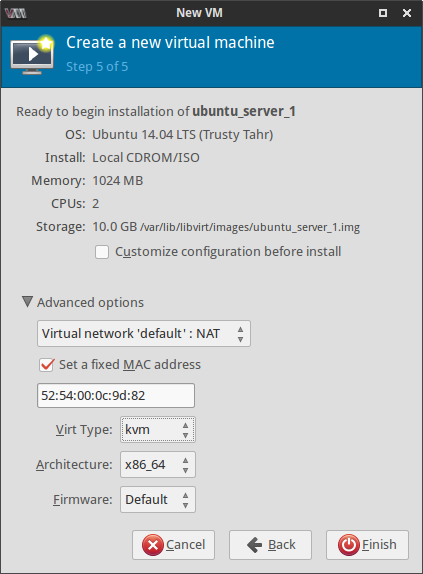

Important: This post covers the feature sets of KVM on kernel version 5.4 with QEMU 6.1.0 and VMware ESXi version 7.0 and may become outdated with subsequent software updates.

In this blog post, we compare KVM vs VMware to help you understand the difference between these hypervisors and the advantages of each virtualization platform with a focus on VMware vSphere with the ESXi hypervisor and KVM for enterprise use. Not all ESXi alternatives can provide the same wide range of features as VMware’s product. VMware and KVM hypervisors are both powerful solutions with interesting features. With so many hypervisors now available, choosing the right one is key for successful deployment.

Hypervisors allow you to run multiple isolated environments called virtual machines (VMs) on one physical machine. Virtualization is widely used nowadays for the advantages it delivers: effective resource usage, scalability, and convenience. It is the desktop in the VM generally not so smooth.By Michael Bose The VMware vs KVM Hypervisors Comparison With KVM it only works with two cores and not full screen. With Virtualbox I can limit the machine to one core with 80% speed and a Youtube video with 720p runs smoothly with 4GB memory. The VM machine is an Ubuntu 20.4VM with LXQT and Firefox. The VMs also start up faster with KVM.īut VMs with Virtualbox run fluffier and more performant as a desktop replacement. (3D applications also works reasonably, which is much better than VBox). The automatic resolution adjustment works. Set up with the Virt-Manager (link below). I have now been trying KVM with Qemu for the last month. At every VM start the home directory is deleted, no long term cookies or so possible, other network cards are easily assignable… I’ve been using VBox virtual machines for many years to e.g.


 0 kommentar(er)
0 kommentar(er)
